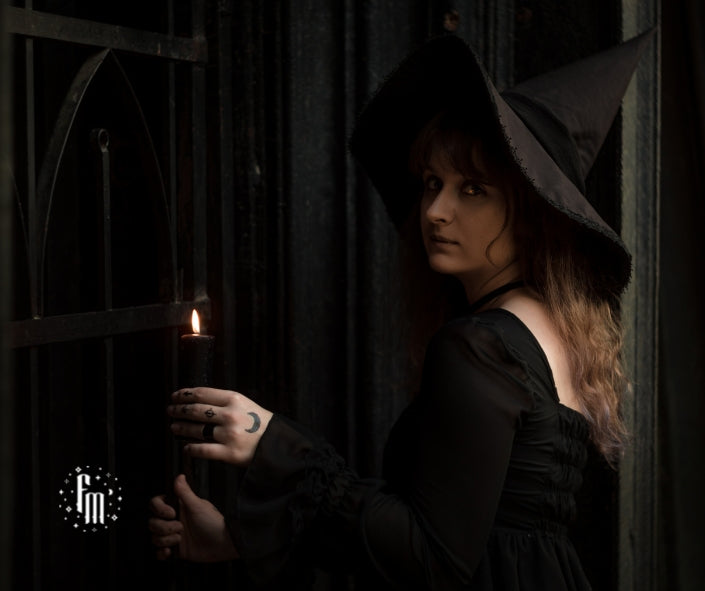Witches have been a popular figure in pop culture for centuries. From classic literature to modern movies and television shows, they have been used as a metaphor for "the other" – individuals or groups who are seen as different, strange, or threatening to mainstream society.
Throughout history, Witches have been portrayed in a variety of ways, from the wise and powerful healer to the evil and malevolent spellcaster. In many cases, they have been used to represent marginalized groups, such as women, the LGBTQ+ community, and ethnic minorities.
I talk about this subject on a recent guest spot I did on one of my favorite Witchy podcasts, Witch Bitches Review. I join hosts Phoenix and Siren as we review and discuss an episode of "Charmed". You can listen to Witch Bitches Review on your favorite podcast platform.
In the early modern period, the witch craze swept through Europe and the Americas, leading to the persecution and execution of thousands of individuals accused of witchcraft. Many of these accusations were based on prejudice and fear of those who were seen as "other" – women, the poor, and anyone who did not conform to societal norms.
In popular culture, this legacy has been reflected in the portrayal of Witches as outcasts, rebels, and outsiders. They have been used to challenge traditional gender roles and societal expectations, as well as to question authority and challenge the status quo.
One of the most famous examples of this is the character of the Wicked Witch of the West in L. Frank Baum's "The Wonderful Wizard of Oz." The character is portrayed as a green-skinned, cackling villain, who is ultimately defeated by the young girl Dorothy and her friends. The Wicked Witch has been interpreted as an allegory for women who challenge patriarchal norms and are punished for doing so.
Similarly, in the "Harry Potter" series, the character of Hermione is often viewed as a representation of the "other." She is a Muggle-born Witch, who is frequently marginalized and discriminated against by pure-blood Wizards who see her as inferior. Hermione's struggles have been seen as a metaphor for the experiences of marginalized groups, such as racial and ethnic minorities. (this mention is in no way an endorsement of the terfy author)
In more recent years, the portrayal of Witches in popular culture has evolved to become more positive and empowering. Shows like "Charmed," "The Chilling Adventures of Sabrina," and "Witchcraft 101" have depicted Witches as strong, capable, and independent individuals, who use their powers for good and stand up against oppression.
The portrayal of Witches in pop culture as an allegory for "the other" has a long history and has been used to reflect the struggles and experiences of marginalized groups. While some representations have been negative and harmful, others have been empowering and positive.
As our understanding of diversity and inclusivity continues to evolve, it is important that we continue to challenge stereotypes and promote positive representations of all individuals, including Witches.
 Log in
Log in


